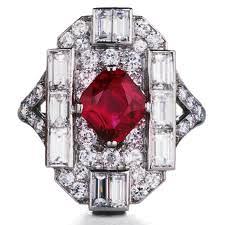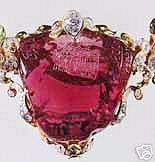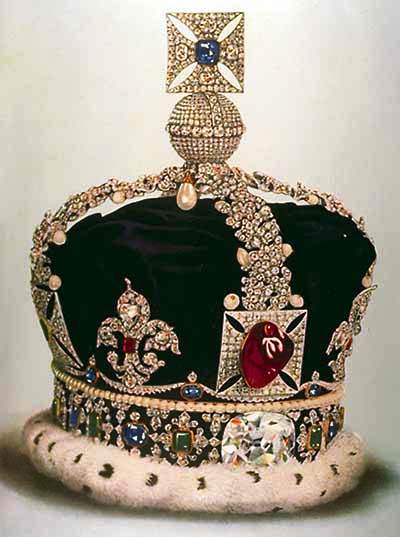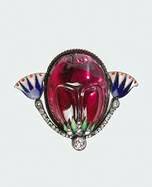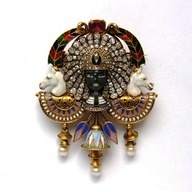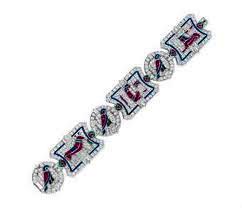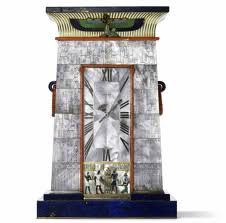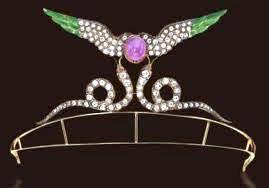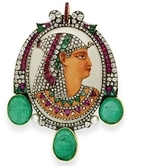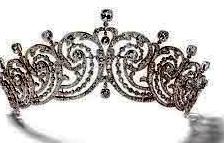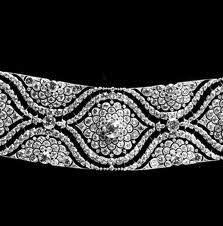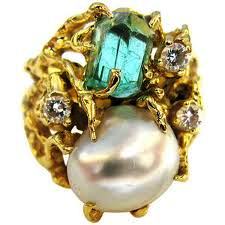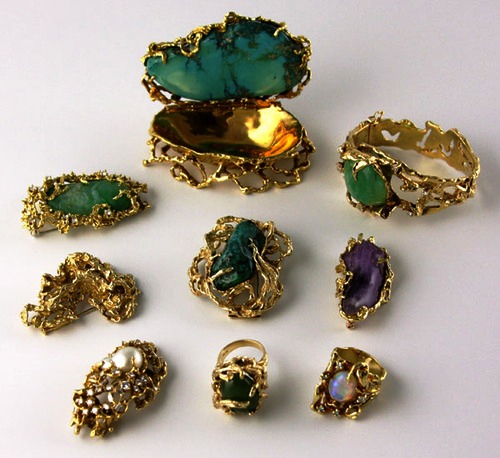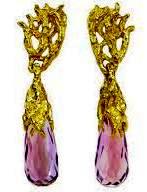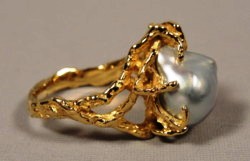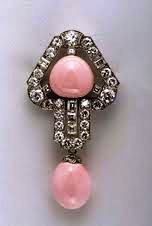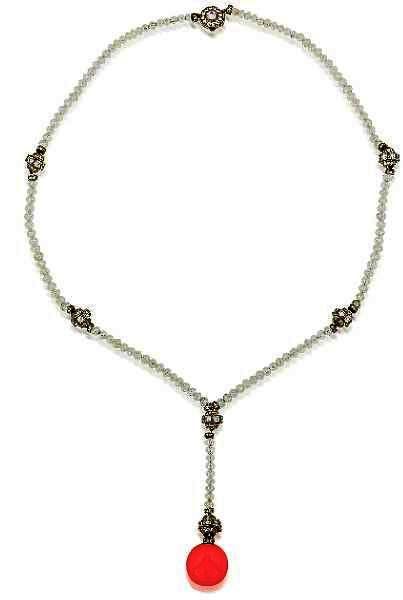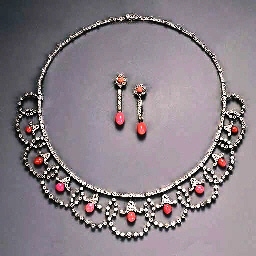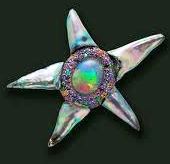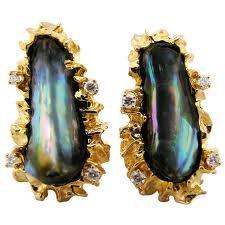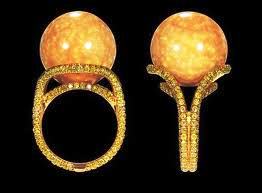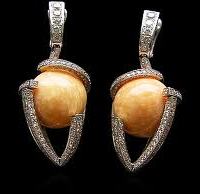THE PORTER RHODES DIAMOND

The main source for diamonds in the world from ancient times was India. Besides being the world’s primary source for diamonds, many of the diamonds were of exceptional quality. In the late 18th century a major diamond discovery was made in the New World, Brazil. The Brazilian diamond deposits produced some very fine quality diamonds and after some time, the Brazilian diamonds had a reputation almost on par with the Indian diamonds.

In the early 1880s, diamonds were discovered in South Africa. Many of these newly discovered diamonds had a light yellow color. These diamonds had a faint yellow color and most were not yellow enough to be called ‘fancy yellow’.
The main route for export of these diamonds from South Africa was Cape Town. People started to call these faint yellow diamonds, ‘cape stones’. Today, in the diamond trade, faint yellow diamonds are called ‘cape diamonds’.
The diamond consumers, at this time thought that all of the diamonds coming out of Cape Town were of a lower quality than the diamonds being mined in India and Brazil.
“Simply perfection”, was the Empress Eugenie’s description of the Porter Rhodes diamond when the stone was shown to her by Mr. Porter Rhodes in 1881. Discovered on the Rhodes claim in the Kimberely Mine on February 12, 1880, the 153.50 carat octahedron of exceptional color and quality was considered the finest diamond ever found in South Africa.
In his book Famous Diamonds, Ian Balfour relates the events of the day of discovery, based on a letter from Porter Rhodes to Edwin Streeter in London. In the morning, Rhodes had been detained by proceedings at the local Magistrates’ Court. Later in the day, when mining operations had come to a halt for dinner, he met his chief overseer in the street. He produced a stone so uncommonly white Rhodes thought the man was playing a joke on him. The exceptional stone proved to be real, but Rhodes kept the news of the diamond to himself for four months.
When the story finally broke, the diamond was displayed to the public in a local office for the fee of one sovereign. At the end of the first day, the interest in seeing the diamond had been so great that L500 was collected and donated to a hospital in the diamond fields. Soon after, Rhodes traveled to London with the magnificent diamond and it was exhibited at the Bond Street Museum of Edwin Streeter. The Colonel of in charge of the Crown Jewels arranged for Rhodes to visit Queen Victoria, then residing at Osborne House in the Isle of Wight, and on January 19, 1881, he presented the diamond to her. The Queen was quick to recognize the diamond’s extraordinary beauty but question whether it had really come from the Cape. Next, when Rhodes took the stone to Empress Eugenie of France, at Osborne Cottage, her reaction was similar. She inquired, “Are you sure the diamond is from South Africa, and have you not had it polished it a little? I have always been under the impression that diamonds from the Cape were very yellow and worth but a little”.
Until the discovery of the Porter Rhodes, magnificent white diamonds were synonymous with Indian and later, Brazilian diamonds. Thus the exceptional quality of the Porter Rhodes helped dispel the general belief that diamonds from South Africa were not of the finest quality.
Subsequently the diamond was fashioned into a 73.00 carat old-mine cut diamond, and was purchased in 1930 by the second Duke of Westminster as a wedding present for his third wife, Loelia Ponsonby, daughter of Lord Sysonby. Shortly after this, the diamond came into the possession of the London jewelers Jerwood &Ward who had it recut in Amsterdam to a 56.60 carat Asscher cut.
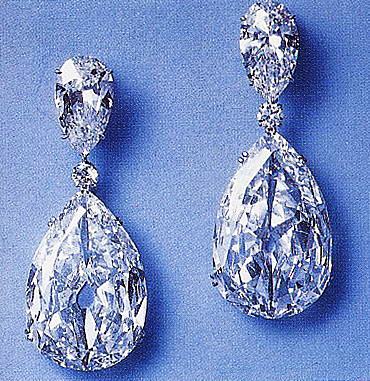
In 1937, the Porter Rhodes was sold to the Maharaja of Indore. The Maharaja also owned the famous Indore Pear Shapes, two Golconda diamonds of more than 40.00 carats each. A man of enormous wealth, he had been forced to abdicate in 1926 in favor of his son because of a scandal involving a favorite dancing girl, Mumtaz Begum. Two years later, while traveling abroad, he met and later married a wealthy American, Nancy Anne Miller, whose father had discovered gold in Alaska.
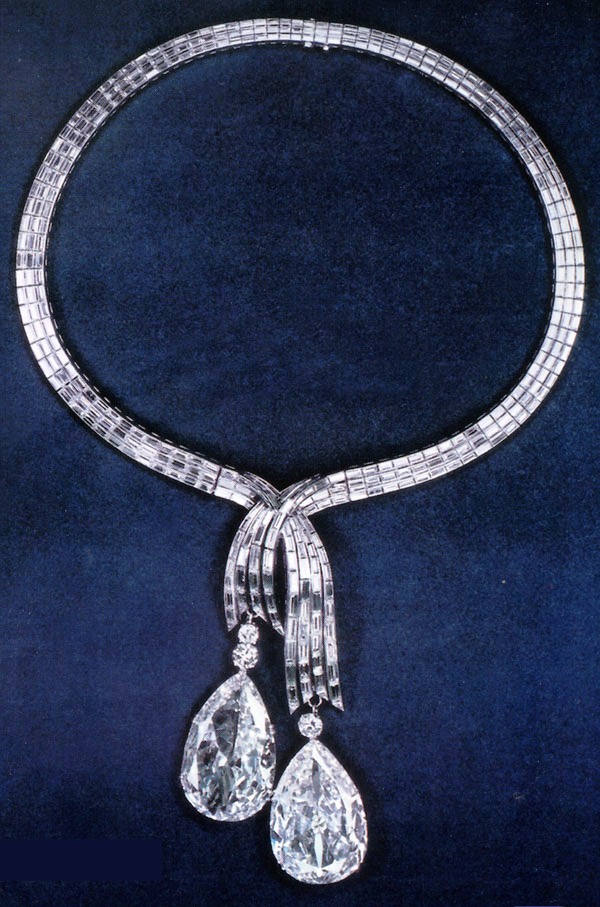
In 1946, Harry Winston acquired the Porter Rhodes diamond, as well as the Indore Pear Shapes, from the Maharaja. He then re-polished the Porter Rhodes into the current 54.99 carats and subsequently sold it to a client from Philadelphia. Winston repurchased the diamond in 1957 and sold it again.
Thus, the Porter Rhodes diamond holds a major place in the history of diamond collecting. The extraordinary beauty and rarity of the diamond assures that it will be as treasured by future generations as it has been in the past.
The Porter Rhodes diamond was graded by the Swiss Gem Lab, Gublin as D color and VS1 clarity with a comment to the report stating that the diamond is: “potentially improvable up to possibly internally flawless”.
If you have an Asscher cut diamond or any fine diamond, we can appraise its value. If you have a large diamond that you want to sell of in a discrete professional matter, please call us. If you want an Asscher cut diamond or any fine diamond we can procure it for you. Please contact us to learn more.
 ”Finest Orange Diamond,” an extremely rare, 14.82-carat, VS1,
”Finest Orange Diamond,” an extremely rare, 14.82-carat, VS1,






